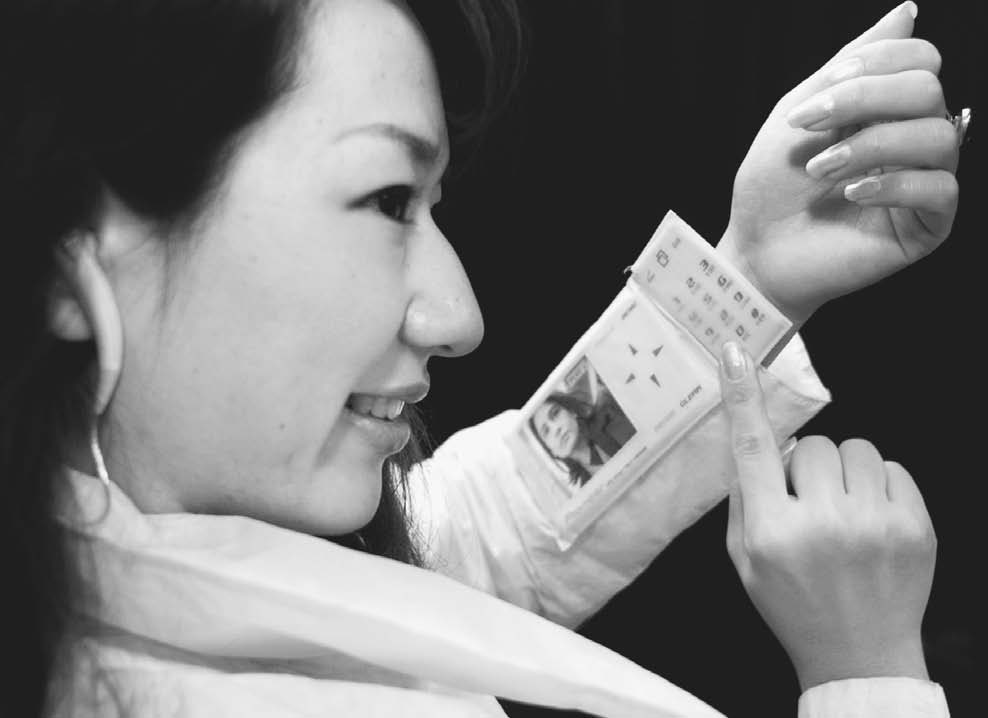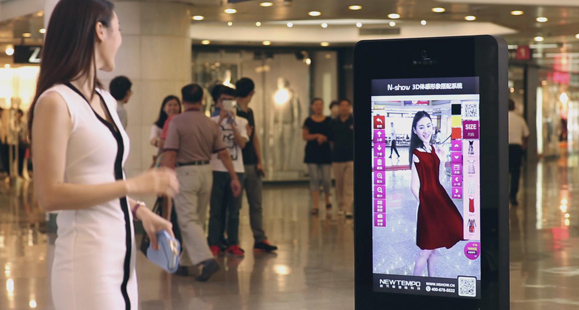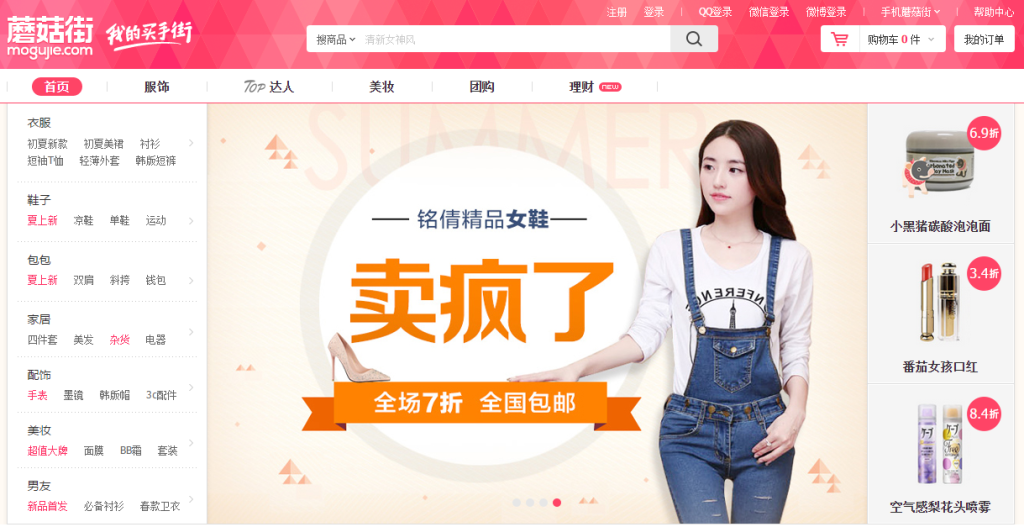Fashion is stepping up its game, Chinese and international clothing are actively developing virtual dressing rooms. Fashion is finally catching up with technology but is this technology a real game-changer?
A technologic race

The first brand in the garment retail industry to launch this kind of innovation was Uniqlo with its virtual dressing room app. The Japanese brand has been followed by Chinese e-commerce platforms such as Alibaba’s Taobao with its new 360-degree garment preview service, a brand new feature soon-to-be-launched. Alibaba’s greatest rival JD.com (Jingdong Mall) established a partnership last year with Intel in order to create a research lab that will develop a virtual dressing room service.
2 platforms, 2 goals
Taobao has a slightly different approach to this technology, their aim is to provide a full high-resolution 360° preview of items so customers will be able to examine every single part of the clothes from all angles with detailed close-ups. Being able to do so on a website will considerably improve consumers’ online experience by giving them an approach to the items as if they were in store.
Read as well: Digital Marketing and Luxury in China: it’s possible!
Regarding JD.com virtual dressing rooms should reach a higher level. Their approach is much more elaborate as they are willing to include options such as 3D mapping within the cabin using the world-famous Microsoft’s Kinect motion controller solution that enabled to map physical attributes. Using the Kinect innovation will able consumers to check instantly how garments fit on them while Uniqlo’s approach wasn’t precise enough to get a specific idea of how the item will look on customers.

Limits of Virtual dressing rooms.
Virtual dressing room services will surely bring convenience to customers willing to avoid the unlimited waiting queues at stores. But the new service will have several challenges such as the difficulty to properly convey the attributes of cloth, including color nuances, folds, and cuts, on a virtual service. And last but not least, many shoppers don’t have ‘average’ body types, all women’s bodies are different and it will be difficult to fit all of them.
Will Virtual dressing rooms replace traditional dressing rooms?
The way we shop is constantly changing from E-Commerce to M-Commerce and even concept stores with tablet purchasing, the Fashion & Luxury retail industry is facing major changes. Moreover, Online shopping is getting more and more present, especially in China where the online shopping experience is as important as the offline shopping experience, if not more.

Chinese consumers are highly connected and might be extremely appealed by this kind of innovation. For the moment the winning ‘innovation’ in the Chinese Fashion industry is Social shopping, which enables consumers to shop while spotting items on social media. This type of shopping experience giving advice and reviews to shoppers is extremely popular in China, we can help with the installation of similar services for your brand as well as advertising your fashion brand.
One thing is certain, nowadays digital is unavoidable if you want to reach your Chinese target.
Who will prevail on this virtual dressing room market? JD.com with a full 360° preview or Taobao who privilege the details of the items? Which one would bring the best customer experience according to you?


5 comments
Hustler Gan
I agree with above comments, very good article. Digital marketing is now central and essential for any branding strategy in China. If you count only on physical stores, you will never sell!!! From e-commerce to the promotion and social media, everything is online and digital.
Dolores Admin
You can still sell, but it is becomming Challenging.
Openning a physicall store is requiers more ressources as well.
The trend is more from Online to Offline nowodays.
One of the best exemple I can think of right now is the cosmetic Brand Perfect Diary
They started fully Online with smart digital marketing and use of social media and have then openned physical store.
Nb: If you are a big famous brand, having a physicall store is almost a requirement.
Rofia
Hi Fashion China agency
I hope you are fine. Pls. I want visit Guyana for tourism but there is no Embassy of Guyana here in Saudi Arabia. So’ I need to send me guelidines about your package and visa information. Thanks. Balarabe Tijjani From Saudi Arabia (+966502678685)
Balarabe Tijjani Muhammad, May 11, 2012 at 3:19 pm
Ayushi
Yea..Digital marketing ll be play a vital role for shopping sites not only china but worldwide . The demand of digital marketing is increasing day by day as people want to shop online rather that going to shopping store. So it is very useful to develop digital marketing strategy for any website.